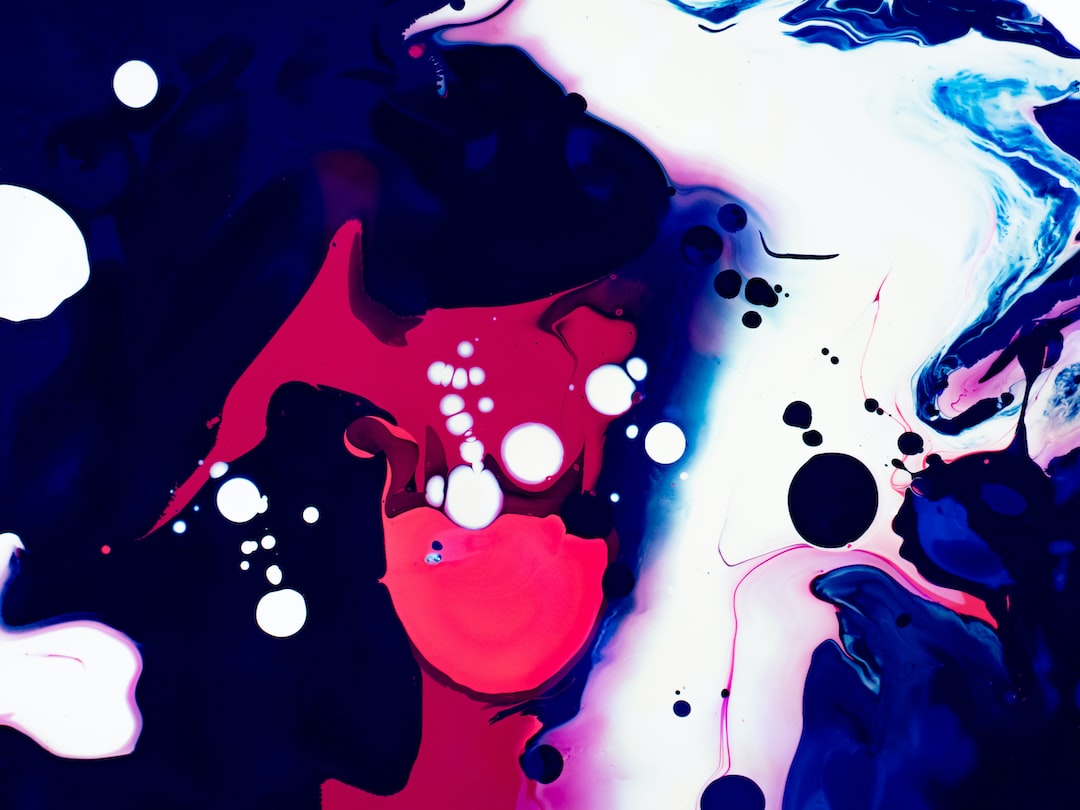Finding Inspiration in Nature: Exploring Landscape Art throughout History
Nature has long been a source of inspiration for artists across different time periods and cultures. From cave paintings to contemporary installations, landscape art has evolved to capture the beauty and essence of the natural world. This blog post delves into the history of landscape art, highlighting iconic works and the ways artists have been inspired by the landscape around them.
The origins of landscape art can be traced back to ancient civilizations. In ancient Egypt, for example, artists often depicted the Nile River and its surrounding fertile plains in their paintings. These landscapes were not only representations of the physical environment but also reflected the religious and cultural significance of the natural world in Egyptian society.
Fast forward to the Renaissance in Europe, and landscape art gained prominence as artists began to appreciate the beauty of the natural world in its own right. One of the most influential landscape painters of this period was Pieter Bruegel the Elder. Known for his detailed landscapes, Bruegel often showcased the vastness of nature and how humans interacted with it. His famous painting, “The Harvesters,” depicts laborers working in a wheat field, with a panoramic landscape serving as the backdrop. This work not only captures the physical characteristics of nature but also tells a story about human life and the cyclical nature of the seasons.
Another prominent landscape artist is Claude Monet, a key figure in the Impressionist movement in the late 19th century. Monet’s series of paintings of haystacks and water lilies demonstrate his fascination with capturing the fleeting effects of light and color in nature. His mastery of capturing the changing atmospheric conditions through loose brushstrokes and vibrant colors revolutionized landscape art and influenced generations of artists to come.
Moving into the 20th century, the influence of nature on landscape art became more abstract and subjective. Artists like Georgia O’Keeffe in the United States and Emily Carr in Canada explored the emotional and spiritual connection to the natural world in their works. O’Keeffe’s iconic painting, “Red Hills and White Shell,” exemplifies her unique interpretation of the landscape, focusing on the organic forms and colors found in nature. Similarly, Carr’s paintings of British Columbia’s forests and coastlines capture the awe-inspiring beauty and power of the Canadian wilderness.
Contemporary landscape artists continue to find inspiration in nature, but with a modern twist. One such artist is Anselm Kiefer, known for his large-scale installations that combine diverse materials to create powerful landscape interpretations. Kiefer’s works often evoke a sense of destruction and rebirth, reflecting on the relationship between man and nature. His installation, “The Morgentau,” features a forest-like structure made from lead sheets, barbed wire, and sunflowers, symbolizing the fragility and resilience of the natural environment.
In conclusion, landscape art has evolved throughout history to reflect not only the physical beauty of nature but also the emotional and spiritual connections we have with it. From ancient civilizations to contemporary installations, artists have sought inspiration from the landscape to create powerful works that resonate with viewers. Whether through capturing the changing light and colors or exploring the symbolic meanings within nature, landscape art continues to captivate and inspire us in unique and profound ways. Nature remains a boundless source of inspiration, offering artists endless possibilities to explore and express their connections to the world around them.

